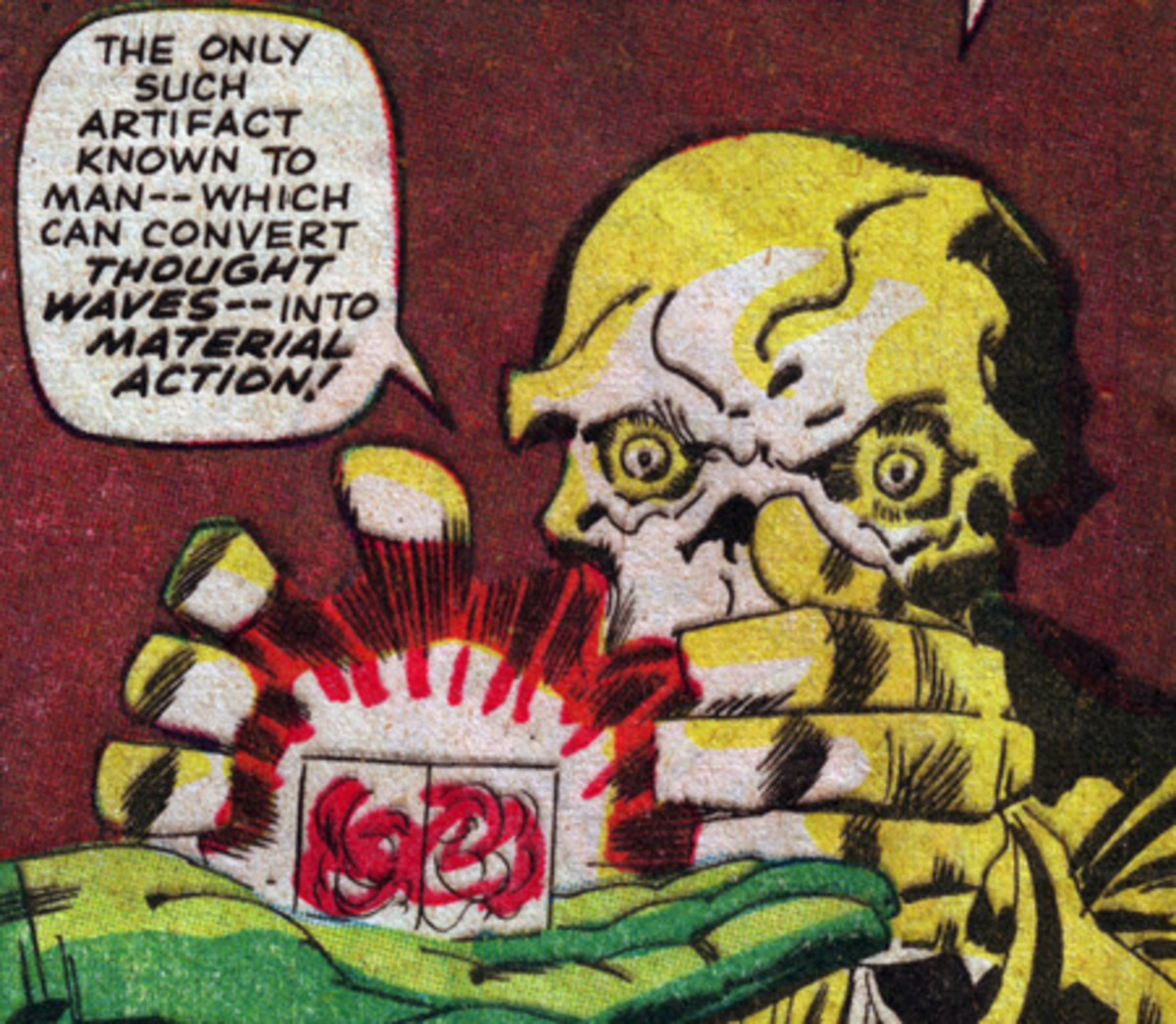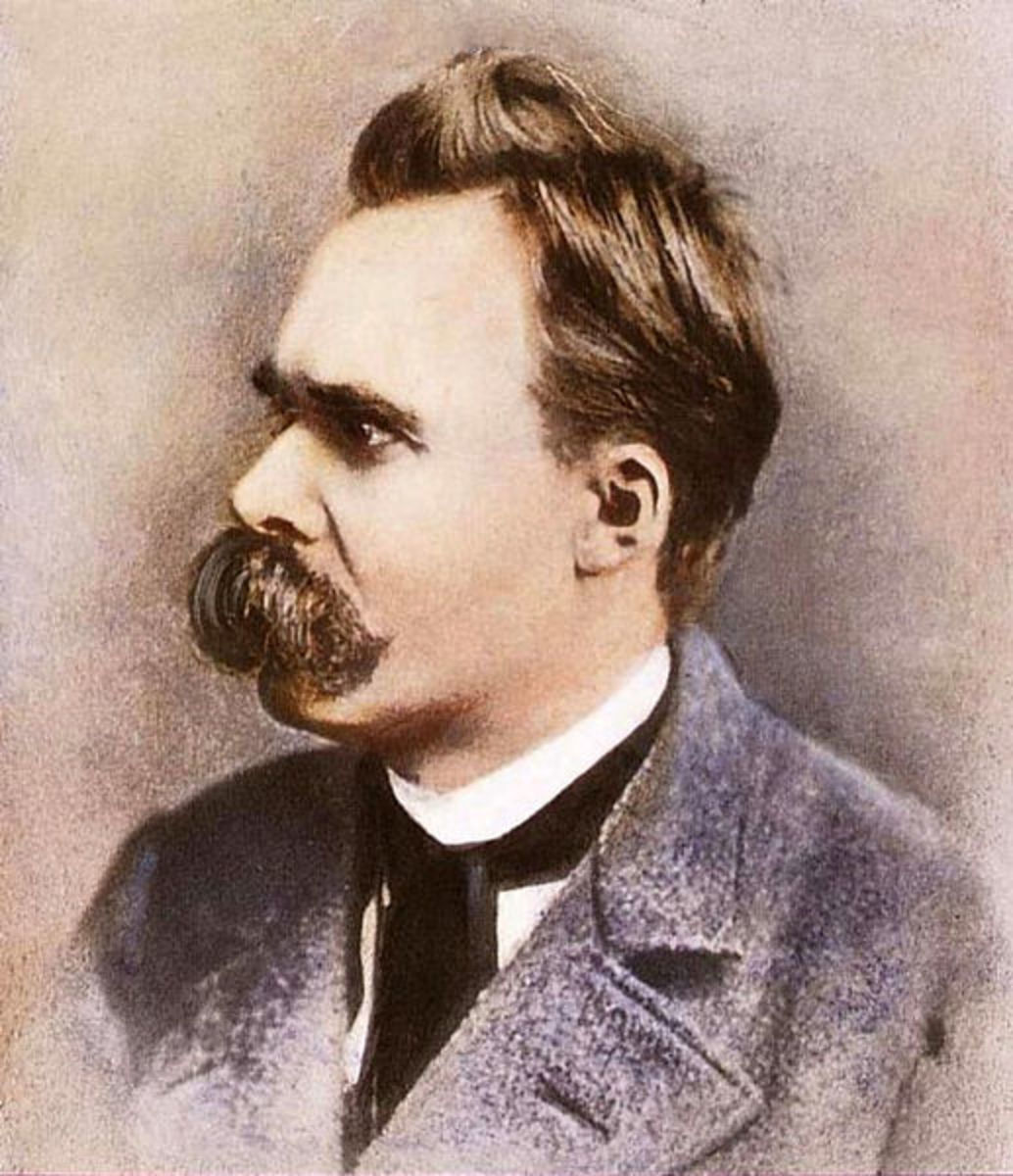John Duns Scotus on Time

Duns Scotus rejects absolute time, but makes the distinction between perduring and enduring objects. The perduring object includes temporal parts. The enduring object does not requite temporal parts since the object existing as one moment is identical with it at another moment of time; thus it has all parts at once.
In regards to the instant Scotus notes “any qualitative indivisible - such as a temporal instant - is necessarily the end term holding between the instants which bound it.” (Cross, p.227). However, Aristotle noted if this notion of time, with static instants limit temporal periods, we should be able to determine just when a instant ceases. Yet according to Scotus it is impossible to account for how an instant is destroyed and replaced by another instant, when they are not contrary in nature. He states “’The prior now cannot have ceased to be in itself (since it then existed); yet it cannot have ceased to be in another now… If then it did not cease to be in the next now but in another, it would exist simultaneously with the innumerable nows between the two - which is impossible.’” (Cross, p.228). An instant, remains the same over the whole of time. The reason is that, if it is corrupted, it is not corrupted while it exists, and it is not corrupted while it does not exist. Further since “a (static) instant is a permanent item, lacking temporal parts… an instant ceases in the instant of its existence; that is, it ceases ‘in itself’” (Cross, p.230).
Time for Scotus is entailed by natural processes and, in fact, does not exist apart from natural processes. Therefore, time is not really separate from motion and thus not absolute. If we wanted to accept such a notion he believes he would have to “appeal to the existence of time in a universe containing merely permanent things. (A permanent thing is one for which change is logically impossible)” (Cross, p.231). Such a realm would be such that it “contained neither actual nor possible events or processes. So the temporality of permanent items would be sufficient for the existence of absolute time.” (Cross, p.231). Presumably time in this sense would measure the duration of the permanent objects. It is here that Scotus brings up the notion of the aevum, which is a “durational measure quite different from time.” (Cross, p.231). One important difference is that the aevum does not have the properties of a continuum but for an instant, because notions of before and after become meaningless since the object has all it parts at once. Scotus uses the term ‘eviternity’ which is the durational property in changeless things. Since motion is linked to motion then to explain permanent objects that do not move or change there is no notion of time to refer to within them, and instead, he offers the idea of the aevum. Yet, do we need an additional form of time for permanent objects?
Scotus distinguishes actual from privative forms of time. It is the properties of actual time that Scotus wants to reduce to actual motion and privative time to possible motion. Actual time is relative to actual motion, and therefore there is no actual time without motion. Like other medieval philosophers, including Willian Ockham, he does suggest the metric of time, the most consistent measure, is linked to the motion that is more consistent, which for them would be the heavenly spheres. Richard Cross, the author of The Physics of Duns Scotus, states this can be interpreted two ways. First, “the motion of the outermost heavenly sphere would be our temporal measuring device, a kind of cosmic clock.” (Cross, p,233). Or as non-reducible, “we might want to claim that there was some (non-physical?) process which measured the duration of motion. In this case we could allow that the motion of the outermost heavenly sphere was temporal.” (Cross, p.233-4).
Scotus used privative time to measure potential motion. In this “there is temporal extension of a determinate magnitude, though no motion to be the subject of the extension.” (Cross, p.235). This cannot be called absolute time for it corresponds to periods of rest, in successive items, not the duration of permanent ones.
Given that time is in objects and linked to motion, rather than absolute, then the instant is the ‘now’ which exists, while the past and future do not. Which then seems contradictory to state things have temporal parts. However, Scotus does make use of temporal parts, when referring to perduring items. The notion of temporal parts is often used to illustrate how identity over time is possible. Is the apple that was green the same apple that is currently red? When clearly the present red apple is in the now? With temporal parts we are able to state that it is the same apple, that has changed different forms or properties, they are simply different temporal parts of the same object. This implies we have the same object through time, which would further suggest the object must be in time. It seems hard to believe if time is really motion, in objects, where only the present state exists, there is any need to postulate temporal parts at all. In a sense, having temporal parts helps with the continuity of instants and object states, given an instant of time is equal to a state of an object and there must be a way to suggest how those static instants are connected. It makes more sense to speculate temporal objects with absolute time outside of those objects. Such as the block theory of time, where I am not merely the me in the present, but also the ten years ago temporal part and the ten years from now temporal part, which all exist.
Actual and privative time measure successive objects, not the duration of permanent objects. If we imagine a possible world in which only permanent object, not in motion, exist, in which therefore we have no change of any sort, would time have any meaning? That is a problem with time being a measure of change in a successive object. No change, no motion, means no time. He introduces the aevum to help make sense of such a situation, since it is suggested to measure this special durational property of permanent objects. Certainly it makes sense to say they have duration when they endure, but how long? Scotus states time would resemble an instant rather than a continuum. I would argue with time being in objects, all time would resemble an instant. With no distinguishable periods of time, duration in any sense becomes an empty term, that is, without absolute time. Is this at all problematic? Perhaps time, experienced as enduring, needs change, or consciousness to perceive change. Time simply would not make sense in such a world. We do not necessarily need any further to explain duration in such a world.
Notes:
Cross, Richard The Physics of Duns Scotus (Clarendon Press, Oxford, NY 1998)









